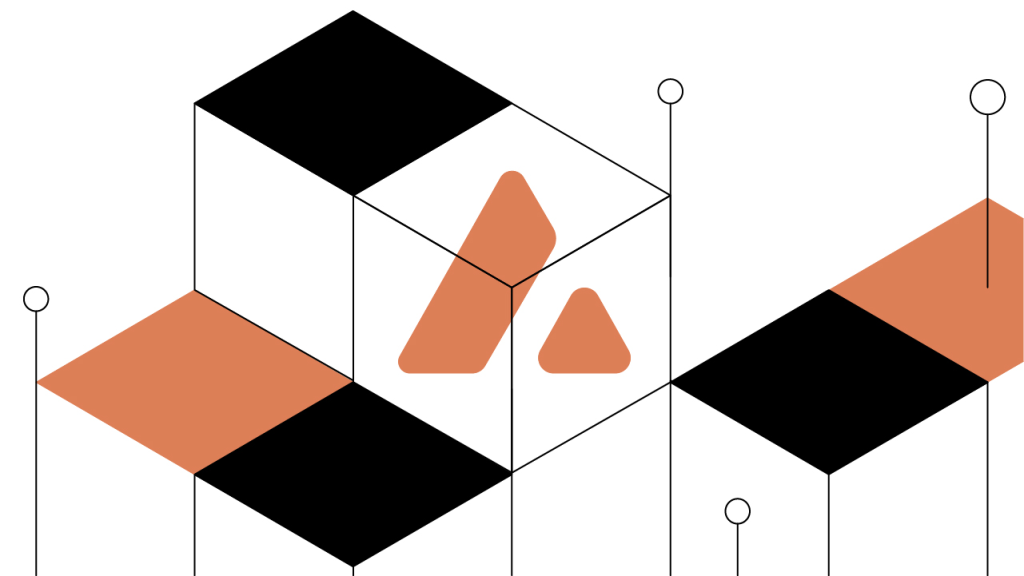What Is Avalanche?
Avalanche is a flexible smart contract platform for creating custom blockchain networks and decentralized applications (especially those focused on DeFi).

Summary
Launched in 2020 by Ava Labs, Avalanche is an Ethereum competitor that facilitates the creation of custom blockchains (including private blockchains) and decentralized applications (dApps). Its native, fixed-supply AVAX coin is the platform’s unit of account, used for paying transaction fees and for staking in Avalanche’s consensus process.
Avalanche is a platform for creating custom blockchain networks and decentralized applications (dApps). Created by Ava Labs, the Avalanche crypto platform is one of many projects seeking to unseat as the blockchain ecosystem’s most widely utilized platform. Avalanche claims to achieve greater than Ethereum via a high transaction throughput of 4,500 transactions per second (TPS). Avalanche’s native AVAX coin, which has a capped supply of 720 million, is used not only as part of the Avalanche consensus mechanism but also for paying network transaction fees.
Avalanche has sought to compete with Ethereum by developing its own (DeFi) ecosystem and a variety of Ethereum-based DeFi projects have integrated with its platform — including bZx, , Reef, Securitize, and TrueUSD. Additionally, Avalanche is developing a bridge to the Ethereum network, which will allow users to seamlessly transfer assets between the two chains.
Avalanche Crypto Network Architecture
The core of Avalanche’s architecture is a subnetwork (subnet) called the Primary Network. A subnet is a group of transaction that coordinate to reach consensus on the state of a set of blockchains. The Primary Network secures three built-in blockchains: the Exchange Chain (X-Chain), Platform Chain (P-Chain), and Contract Chain (C-Chain).
The X-Chain is a platform for creating and trading crypto assets including AVAX.
The P-Chain coordinates transaction validators, tracks active subnets, and enables the creation of new subnets and custom blockchains, including private blockchains.
The C-Chain facilitates the creation of smart contracts.
Each blockchain in the Avalanche ecosystem is validated by a single subnet, but an individual subnet can validate multiple blockchains. Likewise, a validator node can be a member of many subnets. A key aspect of Avalanche blockchains is the ability to design subnets that maintain particular properties, such as requiring validators to meet certain . For instance, a built on the Avalanche crypto network could require its subnet’s validators to complete KYC/AML screening, live in a certain country, or hold a specific type of license related to financial management in that country.
In other words, not only can subnets limit their validators based on certain criteria, but validators (assuming they meet each subnet’s criteria) can choose to be part of as many or as few subnets as they wish. This mutual selection process contrasts with validation on networks such as , where all nodes typically compete to validate all transactions. As a result, both Avalanche’s subnets and their validators are able to consciously create ecosystems that are specifically in line with and focused on their respective priorities.
The Avalanche network infrastructure is built to enable modular blockchains that are scalable and interoperable with other entities on the Avalanche blockchain, and the project strives to build to an increasing degree of connection to Ethereum and the wider blockchain ecosystem.
Avalanche Crypto Consensus
Avalanche’s architecture relies on a proprietary (VM), known as the Avalanche Virtual Machine (AVM). Notably, subnets built on the Avalanche platform can use the AVM to achieve consensus using the “traditional” blockchain databases commonly used in crypto projects such as Bitcoin, Ethereum, or , but they can also reach consensus using other database structures — including the “block lattice” database structure of (DAGs) pioneered by crypto networks such as , , or . Such flexibility helps ensure that projects relying on Avalanche can achieve a high degree of customization and maintain interoperability with various platforms of their choosing.
Avalanche utilizes Snowball, a designed by Ava Labs, which requires users to stake AVAX to become transaction validators. Validators are required to stake at least 2,000 AVAX coins to participate in consensus. You can also participate in consensus by delegating your AVAX to a validator. You must delegate at least 25 AVAX to participate.
Within the Snowball consensus mechanism, validator nodes in a subnet repeatedly query each other to determine the validity of the network’s transactions until they reach a common decision — and thus establish network-wide consensus. The more AVAX coins a node has staked, the more frequently it is queried. All validator nodes must be a part of the Primary Network, but participation in other subnets is optional.
Validators are rewarded according to their uptime and response latency, and their rewards are proportional to their total stake. Validator rewards will increase if they lock up their stake for a longer period. Further, if you delegate your AVAX coins to a validator and that validator receives a reward, you will also receive a reward. Finally, unlike other PoS systems, Avalanche does not slash nodes’ stakes if they behave maliciously — they simply do not receive a reward.
In a crowded market of Ethereum-competitors, Avalanche seeks to distinguish itself with its focus on DeFi and its three-pronged offer of customizability, scalability, and interoperability. Though it remains to be seen if the platform poses a long-term competitive threat to Ethereum, Avalanche is well on its way to developing its own ecosystem, showing particular strength in DeFi applications.

Author
Is this article helpful?
